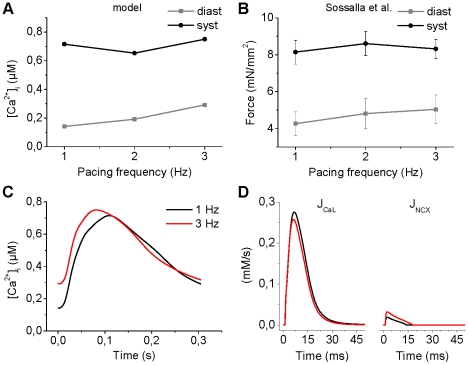Figure 9. Rate dependence of Ca2+ dynamics.
The myocyte was paced as previously [44] with a pacing frequencies [1], [2], [3] Hz. Each pacing frequency was applied for 5 minutes in a continuous stimulus train. Rate dependence of Ca2+ dynamics (A) matches qualitatively to the force-frequency relation (B) reported by Sossalla et al. [44]. (C) Changes of Ca2+ transient dynamics in response to fast pacing. (D) Ca2+ influx via the reverse mode of the NCX (right panel) increases substantially during fast pacing, whereas the influx via the LTCC is decreased slightly (left panel).

